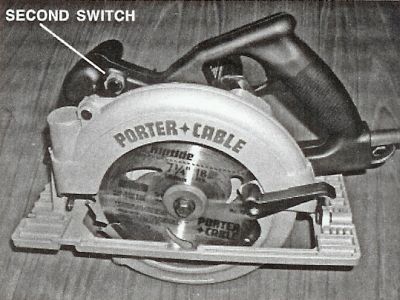Q.
Isn't it true that the CCA-treated material that everyone thinks is so much cleaner and nicer than "old, nasty creosote" is actually far more potentially dangerous to humans, animals and the environment in general.
The public at large knows treated lumber by the trade names --- Osmose, Wolmanized, etc. The industry shorthand is CCA, which stands for chromated copper arsenate. The chemicals therein -- chromium, copper, and arsenic -- are all very persistent pollutants that take hundreds if not thousands of years to biodegrade. Even the dioxins found at old pentachlorophenol treating plants will biodegrade in a few years if handled properly, and we all know what a bugaboo the EPA has made dioxin out to be.
The reason that there aren't a lot of old CCA sites to clean up is that CCA treating didn't become really commercially viable until the 1960s and 70s. The Superfund sites at old creosote and penta plants are there because many of these plants were around from the turn of the century (i.e., the turning of the 19th to the 20th!) until the 70s and 80s.
These plants and the people who ran them have been derided for the last 30 years as the most horrible kind of polluters this country has ever seen. They also enjoy the singular, though generally unrecognized, distinction of being the entities that made possible ALL the railroad, electrical, and seaport infrastructure that put these United States on top of the heap. THEY made it happen. All most of us have ever done is talk about it.
However, the issue is one of trade-offs. Over half of the SYP cut is treated each year. If we didn't treat it to get 100 years of life, then we would get perhaps 10 years and have to cut 10x more timber.
It would be nice if there were fewer people so we didn't need so much wood, but that is not reality. So, longer-lived timber with an environmental risk that we have judged is an acceptable trade-off.
Gene Wengert, forum moderator
In Canada, the national norm about treated wood is half the American standard and the industry is pouring all kinds of scrap on the market. A contractor came here to replace a fence that he built seven years ago: the 4-by-4s were falling at ground level; where is the 40-year warranty?
An employee of Park Canada was telling me that they banned treated wood for water construction. Sure their wood was heavily treated and lasted a long time, but they realized that the marine life was also heavily damaged. Is that an environment-friendly choice? What will our kids be stuck with when the landfill is full?
Treated wood with CCA is approved for water use, as the chemicals do not leach out and do not damage the marine environment. Likewise, creosote has been used in marine environments for at least 100 years. Marine life is not damaged! This is incorrect information from the Park Canada employee. He/she is probably a person who is against tree cutting too, meaning waterfront structures would be made of some non-renewable product.
Using a naturally decay-resistant species is bogus. Such species have unprotected sapwood and also do not have the decay resistance of properly treated wood.
Overall, this is a good example of misinformation about wood treating which ends up hurting the legitimate and wise use of preservative-treated wood.
CCA does not leach out and is not released unless cut or burned.
Treated wood is available, especially as 4-by-4s and landscape timbers, which are designated, "treated to refusal." This means that green wood was pressure treated, but the "sap" in the tree or wood prevented the preservative from getting into the wood. The wood looks green on the outside, but there is not enough chemical present, deep enough, to help much. That is why those 4-by-4s failed in the fence!
Gene
